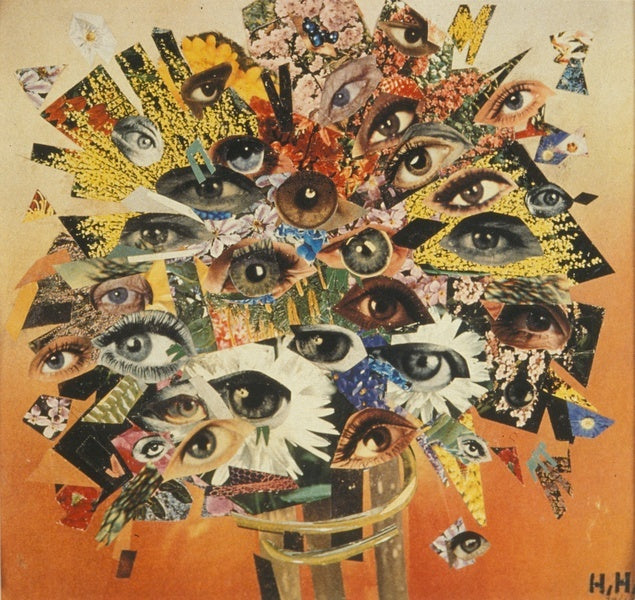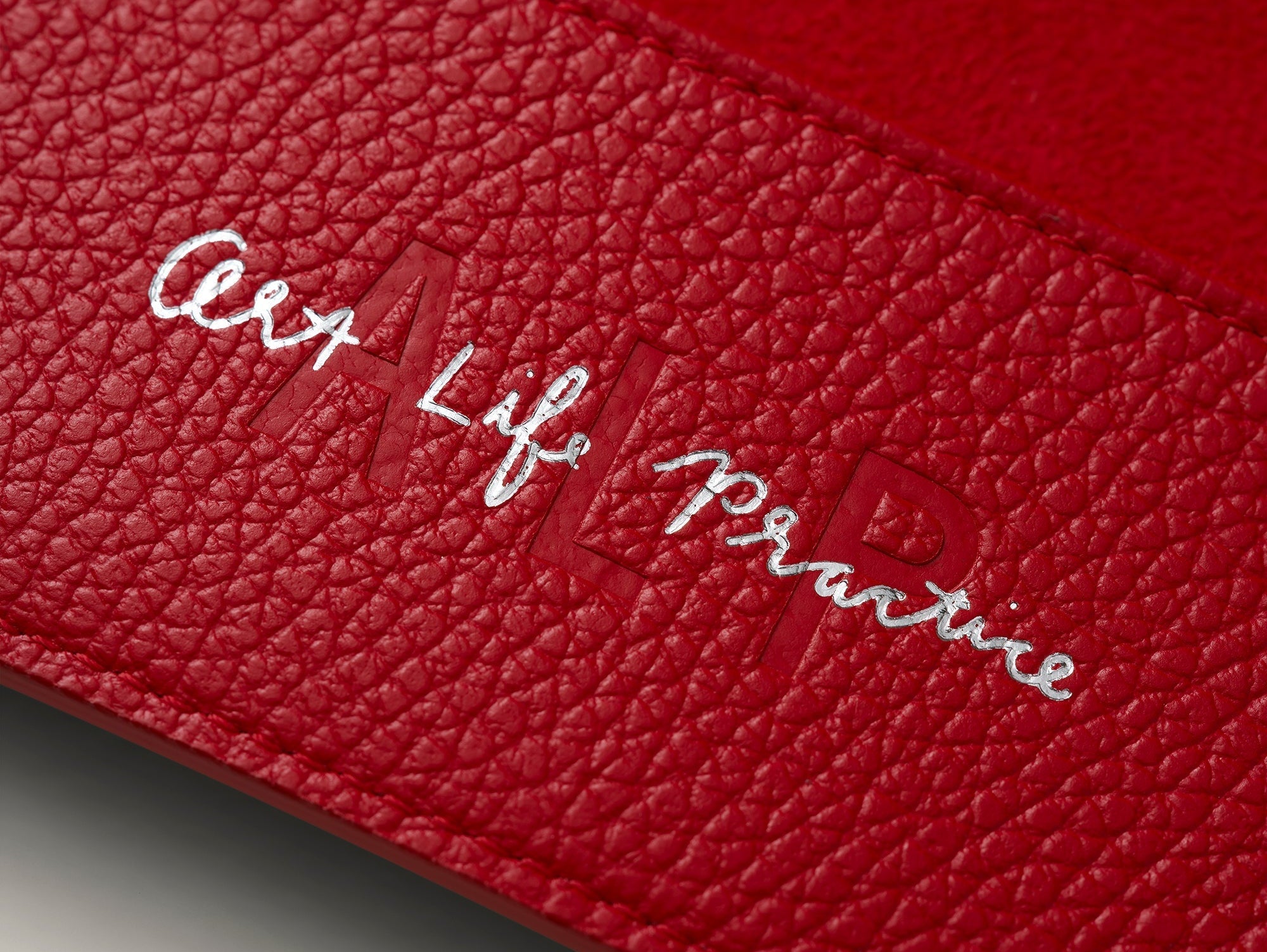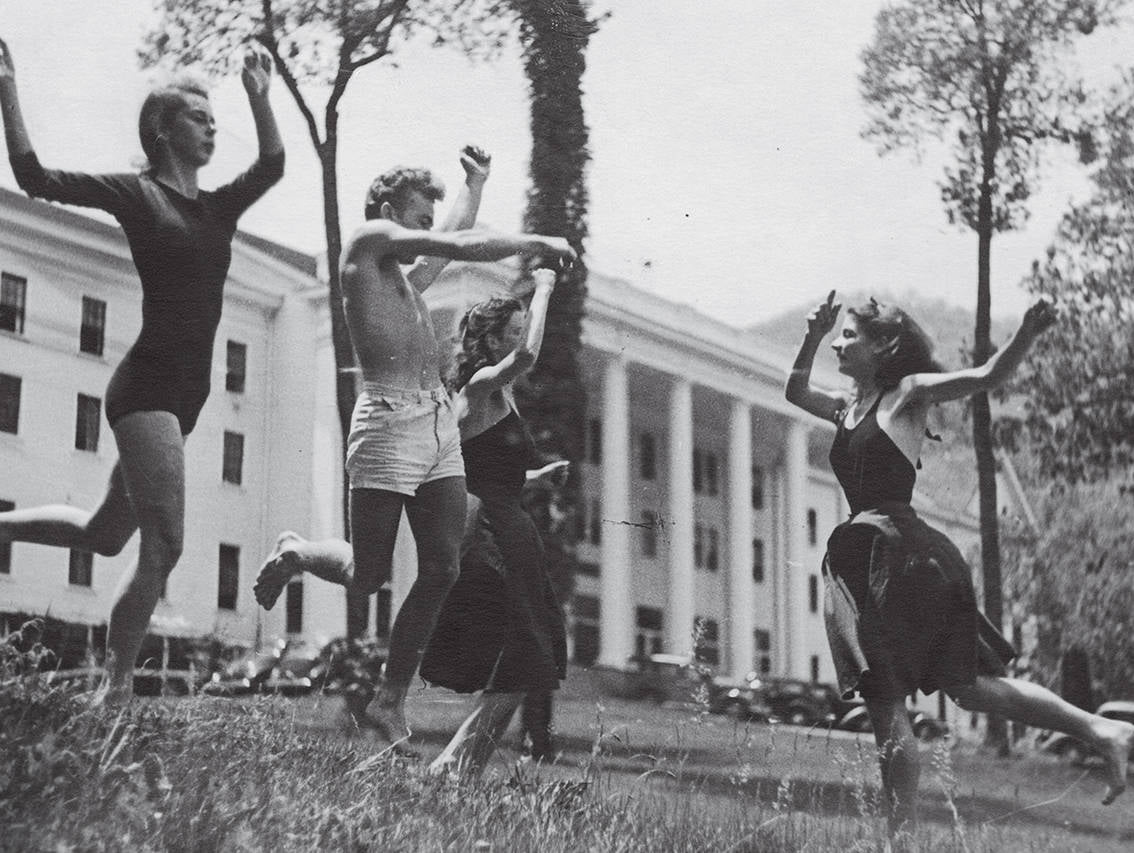Collage describes both the technique and the resulting work of art in which pieces of paper, photographs, fabric and other ephemera are arranged and stuck down onto a supporting surface.
The term collage comes from the French word ‘coller’ or to glue, and the method and word were popularized by Cubist artists George Braque and Pablo Picasso when they were radically transforming the painting world with their dive into Cubism.
A central part of the Cubist artist’s campaign to explore painting’s illusion of the three-dimensional world, while frankly acknowledging the flatness of the canvas – a break from hundreds of years of Western Painting tradition, which had revered the illusionistic creation of depth that had been so much of painting since the Renaissance.

They challenged the elitism of the art world, which had always dictated the separation of common, everyday experience from the rarefied, contemplative realm of artistic creation.

This small oval painting is titled Still Life with Chair Caning, and dates to 1912. It is known as the first use of collage - literally gluing into fine arts.
Picasso incorporated into his painting a piece of oilcloth printed with an illusionistic chair-caning pattern – the woven material that rattan seats are made of. This was revolutionary because instead of painting something, you could stick whatever it was right on the canvas.
Let’s first look at the letters JOU. This can be understood as both the beginning of the word JOURNAL, alluding to the customary newspaper lying across the cafe table, and as the French word “to play”. He is clearly playing with space and with illusionism.
On this table, we are also looking at a depiction of several still life components that are portrayed as deconstructed or disassembled. A pipe, wine glass, knife, lemon – all can be seen from a variety of different angles, different perspectives or points of view.
Again, this calls into question not only hundreds of years of illusionism, but also how we see and how we experience the world. Who says we should experience it from one place, at one time?
Finally, let’s notice the rope frame. Perhaps we would see something like this holding in place the edges of a tablecloth on at a café. Or perhaps Picasso is sticking his thumb up to the high art painting world where “good” paintings were in gilded, ornate frames.
This idea of devaluing craft and elevating philosophical ideas, elevating the conceptual is something that is completely revelatory for the rest of 20th century art.

Born in 1889, German Dada artist Hannah Hoch was one of the most important collage artists of the 20th century, and a pioneer in the realm of feminist artists.
In most of her work, she demonstrates the fragmented, fractured state of the Post-WWI world, and in particular Germany in the 20s and 30s.
Hoch is known for her incisively political collages and photomontage works - appropriating and rearranging images and texts from the mass media to critique the failings of the Weimar German government. This is perhaps her most famous work – Cut with a Kitchen Knife…an explosion of images – primarily man and machines – tumbling and twirling – mirroring the chaos that most of Europe experienced in the aftermath of WWI.
She also explored gender and identity in her work, addressing questions of how we conceive of personal beauty and how gender is constructed, and by doing this she fundamentally challenges the concept of feminine beauty.

Mickalene Thomas’s work is the definition of a visual FEAST. The way that she mixes and layers materials and imagery to create a visual language that is so distinct and powerful makes her one of the most iconic artists working today.
Thomas creates collage-inspired paintings adorned with rhinestones, glitter and vibrant colors, exploring themes relating black female identity, sexuality and celebrity.
What drives her work is a sustained interest in depicting the black woman’s relationship to art history and contemporary culture at large.
I read in an article, “While in school, Thomas was profoundly affected by the absence of strong Black women throughout the history of art. Using the aesthetics of Western painting and the sexualized blaxploitation films of the 1970s, Thomas has dedicated her practice to expanding the representation of women in art…
… In a striking amalgam of painting, photography and collage, Thomas alludes to a number of time periods and genres. While her art historical references often trace back to the 19th century, her use of fabrics and domestic spaces often reference the 1960s–80s — a time during which many women, particularly African American women, rejected and redefined traditional standards of beauty."
I find Thomas to be so inspiring because the execution of her vision is so powerfully demonstrated through the command that she has over her materials and subject matter.







